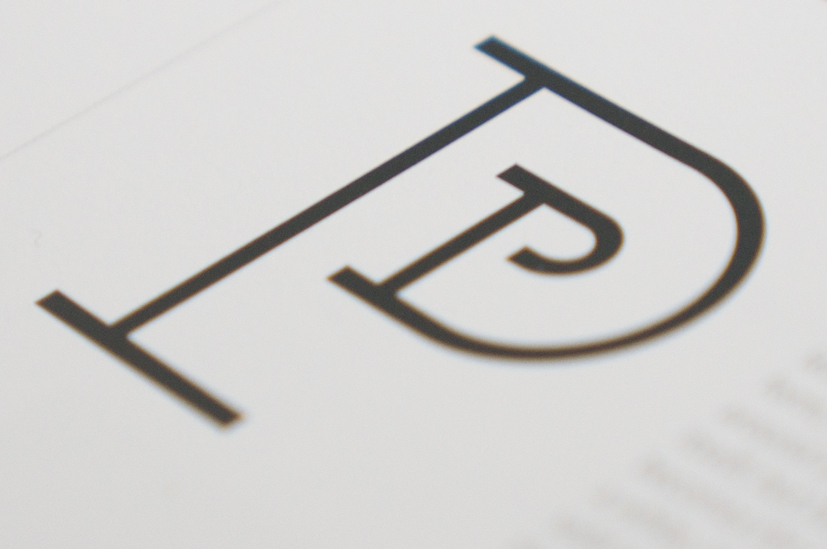In layout design, choosing the form should be considered as carefully as possible because it is critical for communicating the right message. Form refers to shapes, lines textures, words and pictures. The ability to make form look good and draw attention makes people understand and embrace the meaning of the concept.
Objects and shapes

Image: Vicki Li, Iowa State University, US
Form is a message no matter how simple or abstract is. A dot, for instance, is a complex object having the ability to focus attention and provide a reference point relative to other forms surrounding it. A square has equal angles and sides therefore it is analytical, artificial, mathematical and limited; while a circle is natural, endless and complete because of its single continuous line round shape.
There are two main categories of shape having their own features to contribute to an effective graphic design for the layout. These are geometric forms and organic forms. Basic geometric forms are circles, squares & triangles and lines; while organic shapes are irregular, complex and can be seen anywhere in nature. They are unrefined, complicated, curling forms that carry organic messages.
Layout Design Composition

Image: Pamela Rouzer, Laguna College of Art, US
When composing a layout design, several strategies for organizing forms are usually applied. Forms gathered together or aligned with one another appear as related to each other, while those separated by different spatial intervals suggest a distinction in meaning.
Symmetrical arrangements show static or restful shapes and are to be avoided most of the time. Asymmetry is dynamic and provokes the viewer to more rigorous involvement. As content keeps changing, the layout asymmetric approach allows design flexibility and improves the ability to differentiate, catalog and recall content.
The area around and between forms is called negative space. The relation between form and negative space is complementary and mutually dependent and it plays an important role in the composition of layout design. An active relationship is appropriate to suggest energy, growth or aggression, while a static one communicates quietness, restraint or contemplation. Visual logic carries meaning and makes the viewer understand the message.


